RMS Niagara with Boxfish ROV: History and Confronting Environmental Challenges
RMS Niagara and its Story The tragic tale of the RMS Niagara dates back 84 years, when the trans-Pacific liner met its fate near New Zealand’s Bream Head. On June…
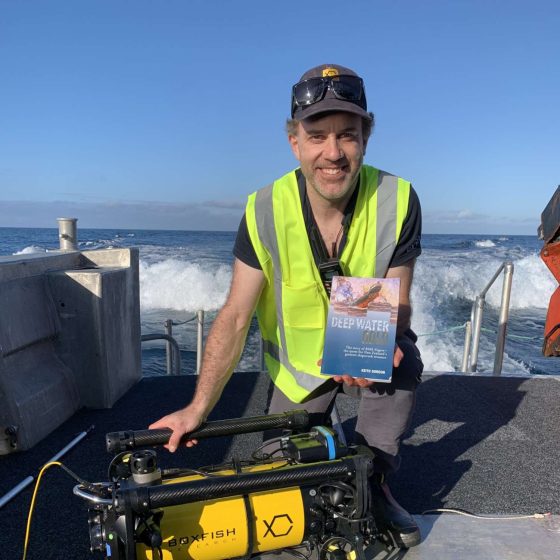

Have you ever wondered what it would be like to explore the remote depths of the ocean? Boxfish Research’s very own Mechatronics R&D Engineer and ROV pilot – Douglas Grant – did just this during his epic expedition to Scott Base, Antarctica as a part of Dr Regina Eisert’s – TPAonIce team. Today, we are highlighting some of his most memorable moments from the trip and a little behind-the-scenes data from the expedition using the Boxfish ROV (remotely operated vehicle).
After an 8 hour flight on an RNZAF Hercules, the team landed on the Ross Ice Shelf – with nothing but flat snow for dozens of kilometers in every direction. In the distance, mountain ranges abruptly rose skyward, holding back the pressure of a continent of ice. Despite the distance, the clarity with which they stood out made for a breathtaking experience.
When Douglas helicoptered out above the ice for the first time, the grand scale of McMurdo Sound became clear. A bird’s eye view of this was nothing short of incredible!
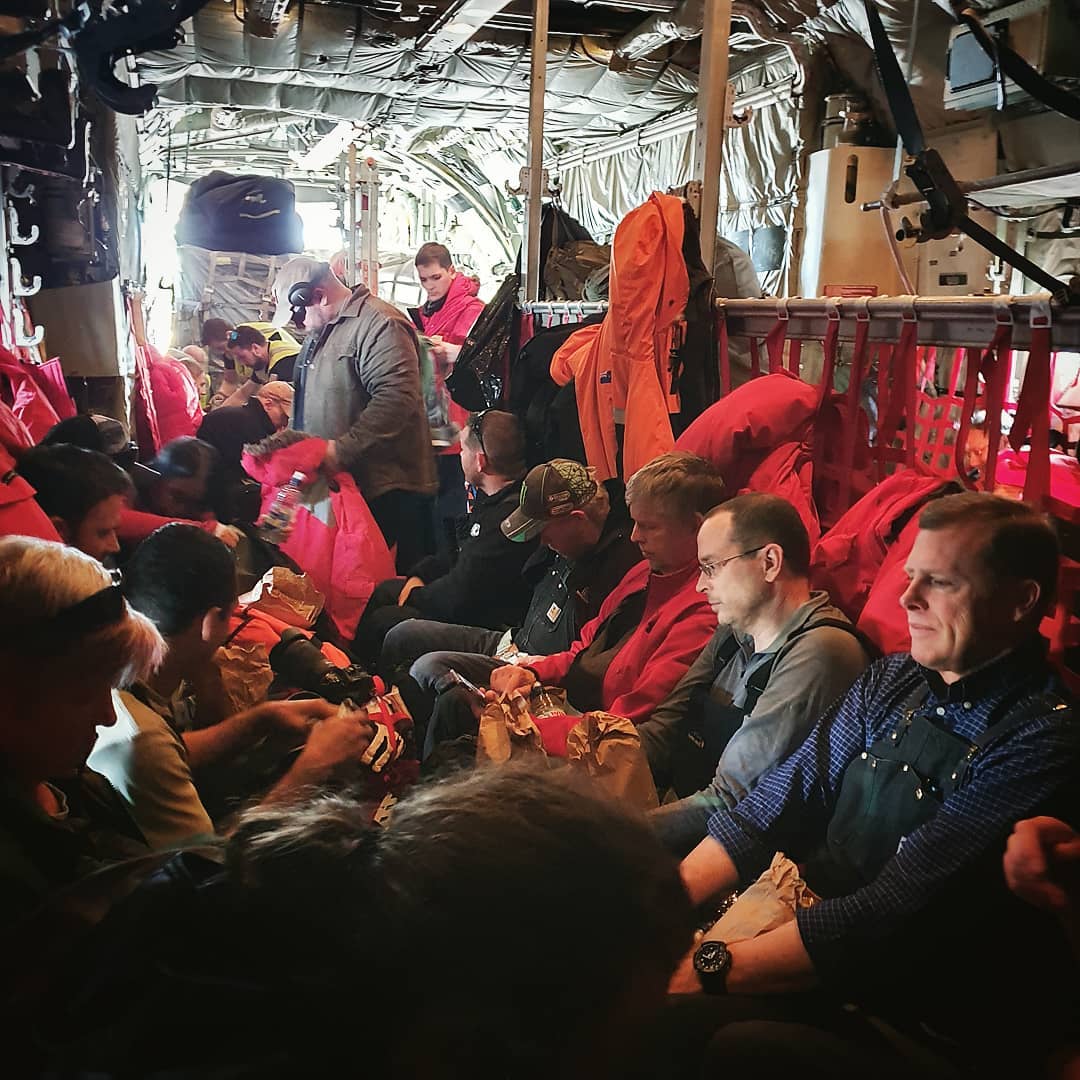

Douglas worked the night shift which meant his days started in the evening around 5:30pm. First things first, the team would head to the lab to prepare everything for the day and discuss their final plan during dinner. Following this, they had about 2 or 3 hours to pack up Boxfish ROV with accessories and any other equipment required for the mission. Although Boxfish ROV is designed to provide reliable results even in challenging conditions, it is also air travel friendly, light-weighted and can be easily operated with a team of just two!
The team would take off by helicopter from the neighbouring McMurdo Station – scanning the ice channel created by the American icebreaker for minke and killer whales to ensure they found the best deployment position, and ended up landing just 100m away from the ice edge. After theirs field trainer tested the ice thickness, Douglas prepared Boxfish ROV and ran a thruster test. Once that was completed, the team was ready to start filming the incredible pods of killer whales – and anything else that lay beneath the ice surface. From pickup truck, to helicopter, to deployment, Boxfish ROV proved to be easy to transport, set up and dive.
Most deployments lasted around 2 or 3 hours!
When the team arrived back at Scott Base, they conducted their preps in reverse. Boxfish ROV would go in for its fresh water bath, gear would be put away, and Douglas would begin backing up files from the ROV recording.
The number of dives during the Antarctic expedition was extremely impressive. Douglas managed to deploy the ROV for a total of 14 dives at a maximum depth of 263m. With an average water temperature of -1.8C, Boxfish ROV withstood some harsh weather conditions!
While the weather wasn’t always smooth sailing and water visibility was at times poor, the team came across incredible wildlife of all sizes – krill, sea angels, minke and killer whales to name a few! The team also had clear visibility of the seafloor with beautiful flora and fauna, corals, crustaceans, and small fish.
“The most impressive was definitely the killer whales, their intelligence was plain to see watching them play with their food and bits of floating ice!” – said Douglas Grant.

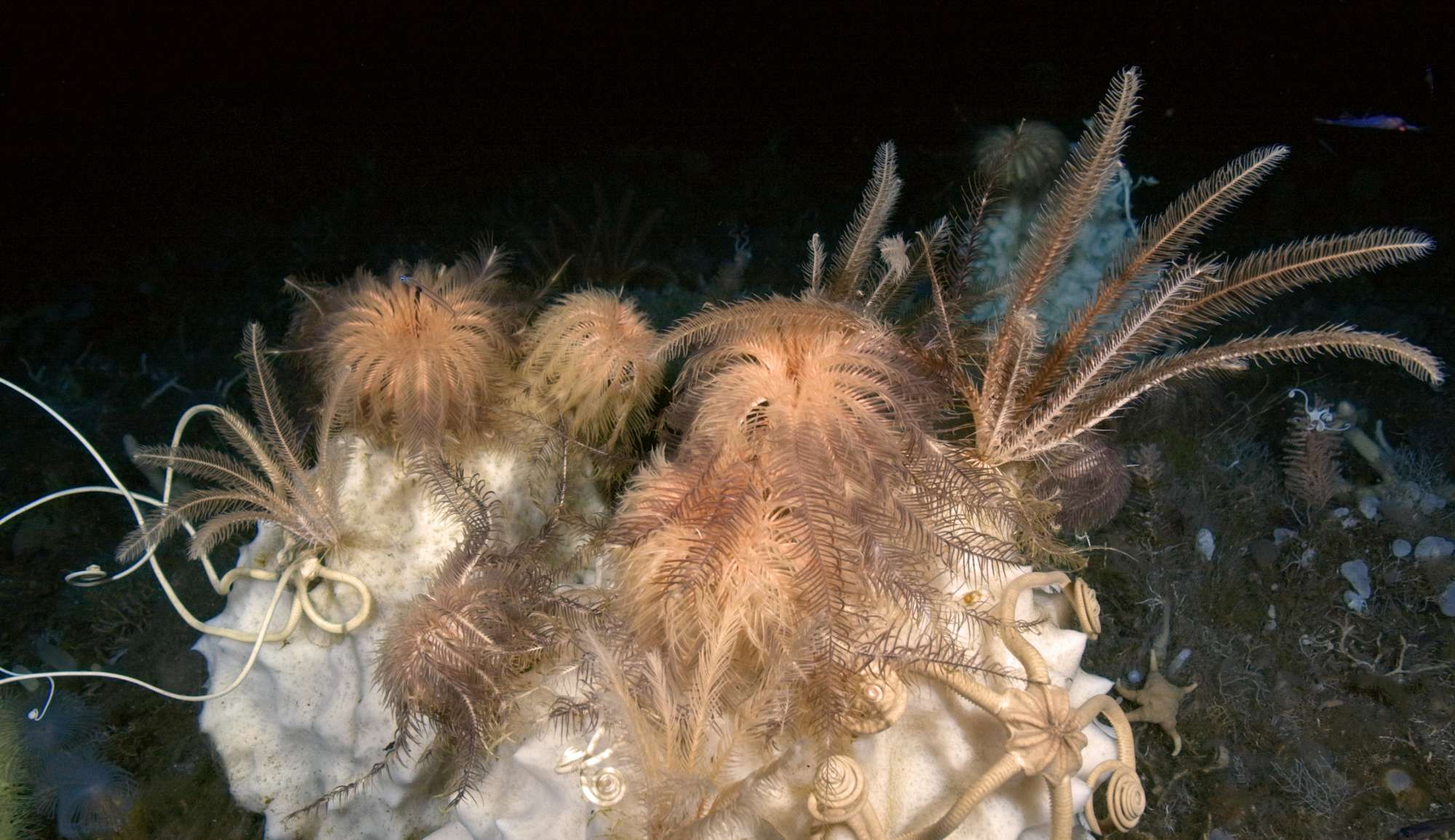
The biggest challenge the team encountered was due to the strong currents that flowed under the ice. This required constant attention to keep the ROV near the deployment hole. Luckily, Boxfish ROV can run up to 14 hours and its sealed ports allow it to be charged while in the field. While the ROV is designed to be lightweight, its active control system allowed to deploy it even in harsh and challenging conditions.
We would like to thank Dr. Regina Eisert’s team, Tom Arnold, Shanelle Dyer, Hamish McNair for having us onboard of their scientific expedition and Douglas Grant for his active work and delivering outstanding underwater footage!
Boxfish team is looking forward to returning again for more insights into the mysteries and incredible wildlife that lie beneath the frigid seas of Antarctica. If you’re interested in learning more about Boxfish ROV for marine science and oceanography, contact us today!

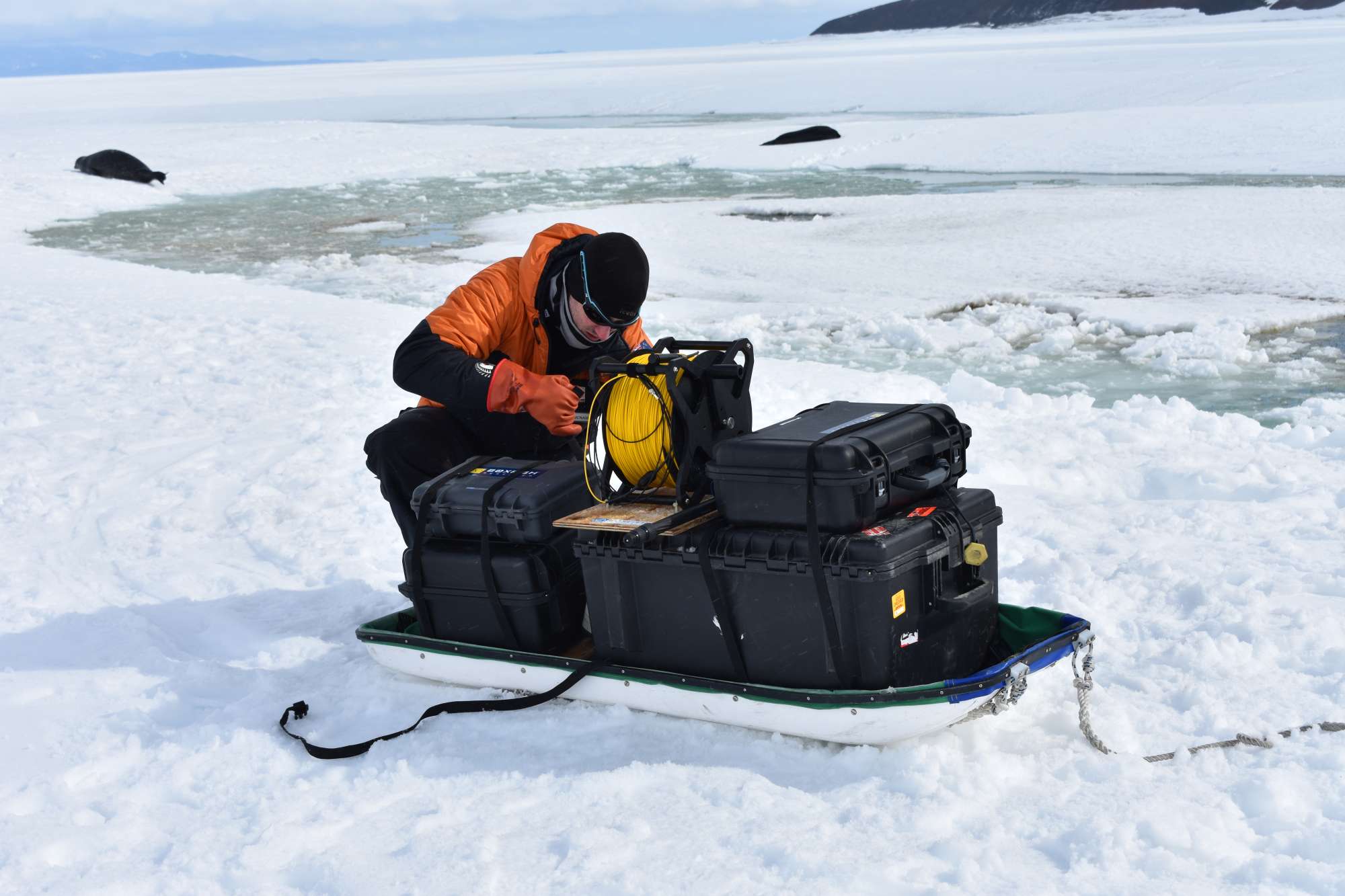


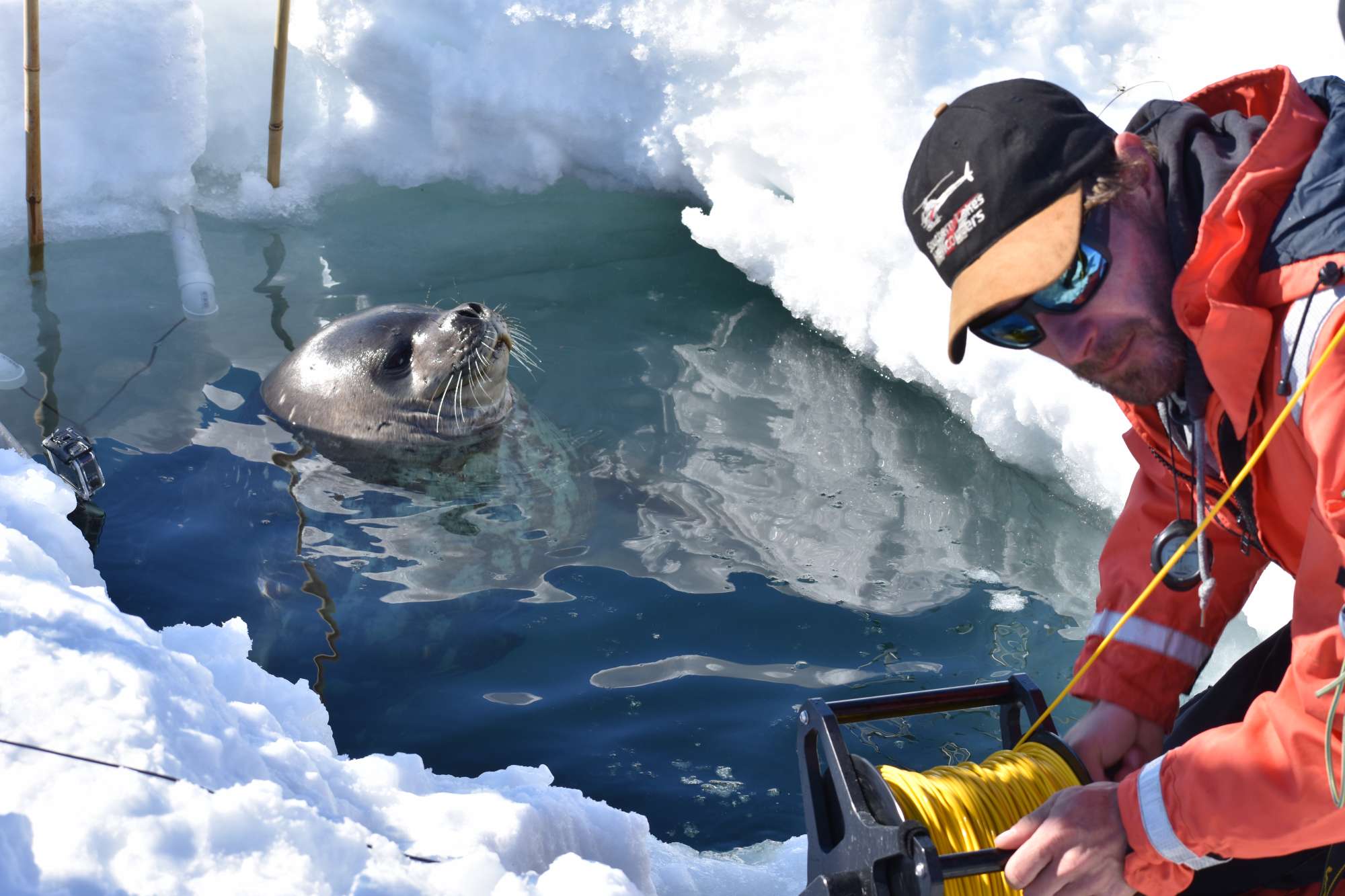
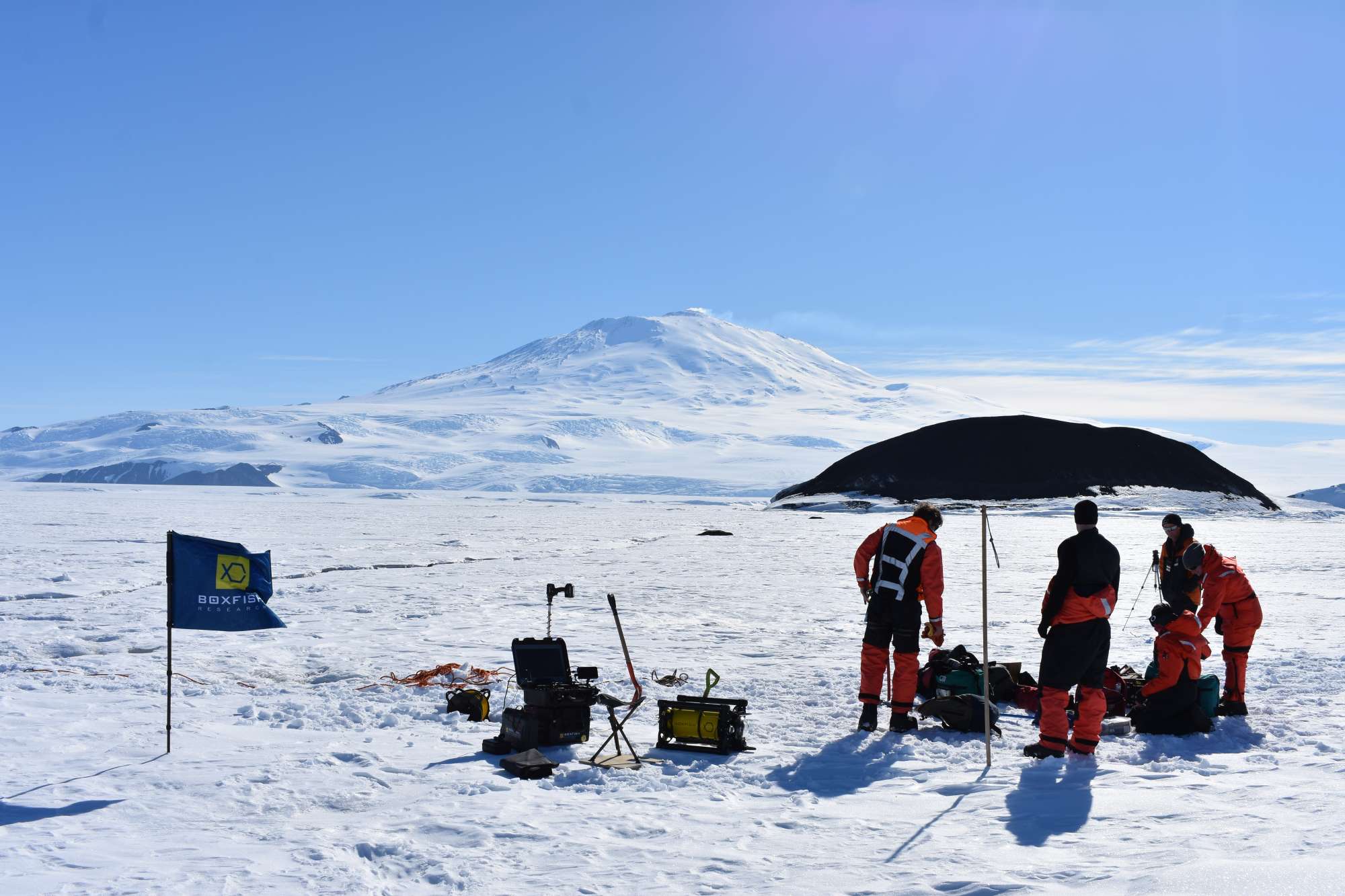
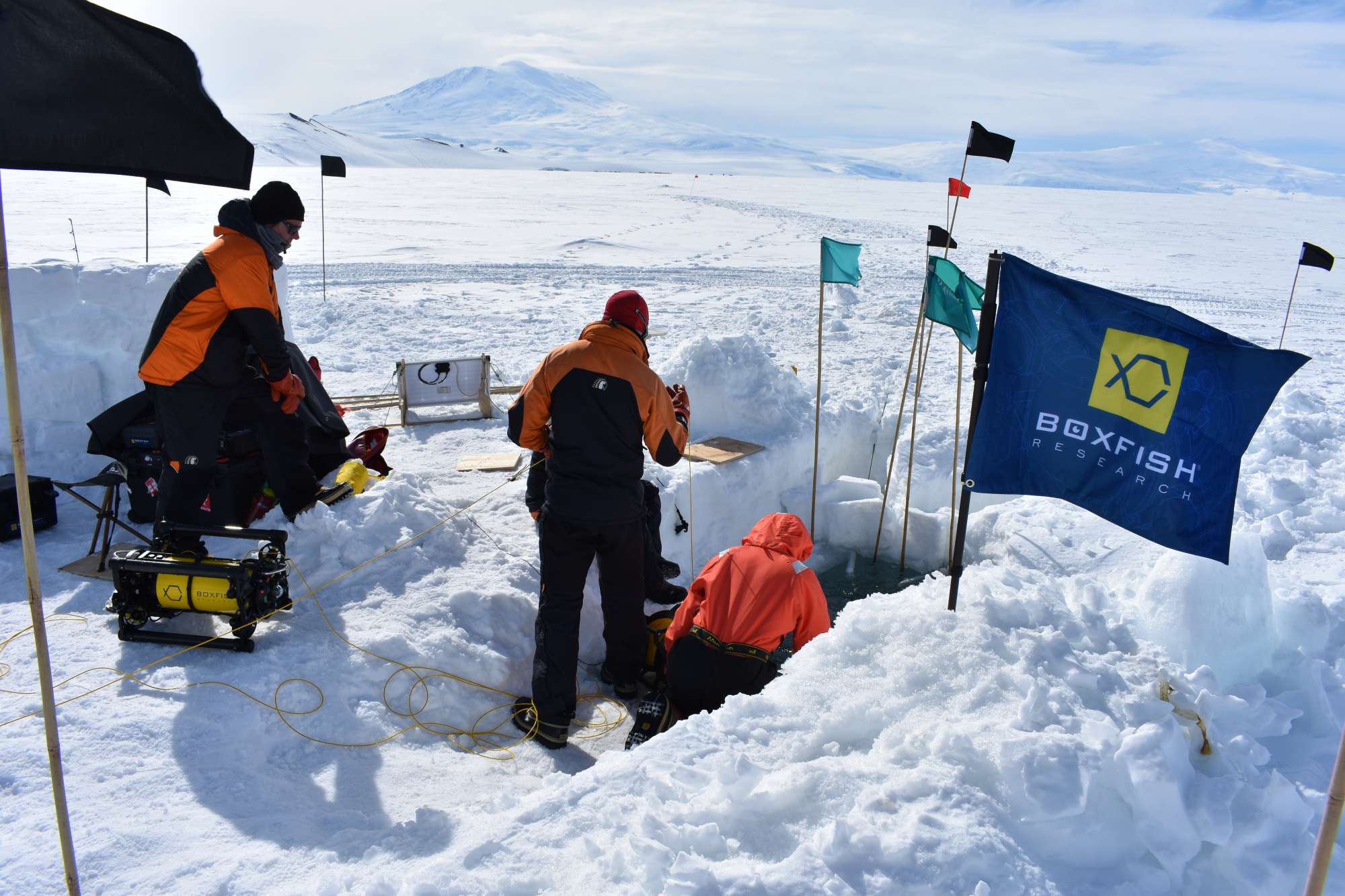
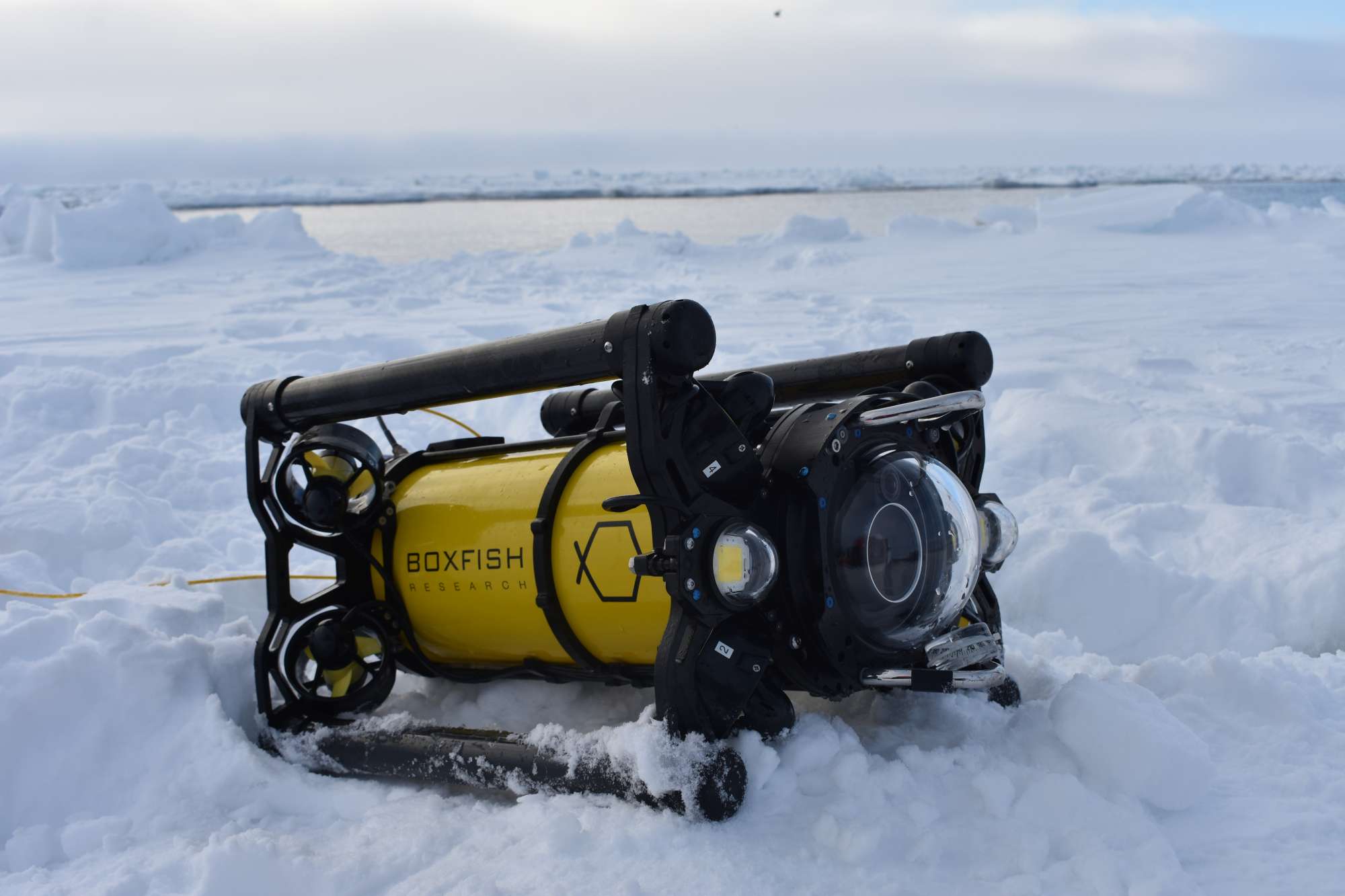
RMS Niagara and its Story The tragic tale of the RMS Niagara dates back 84 years, when the trans-Pacific liner met its fate near New Zealand’s Bream Head. On June…

The 2024 Hi-Tech Awards saw an unprecedented number of entries from a diverse range of technology sectors across New Zealand. David Downs, Chair of the Hi-Tech Trust, emphasized the growing…
